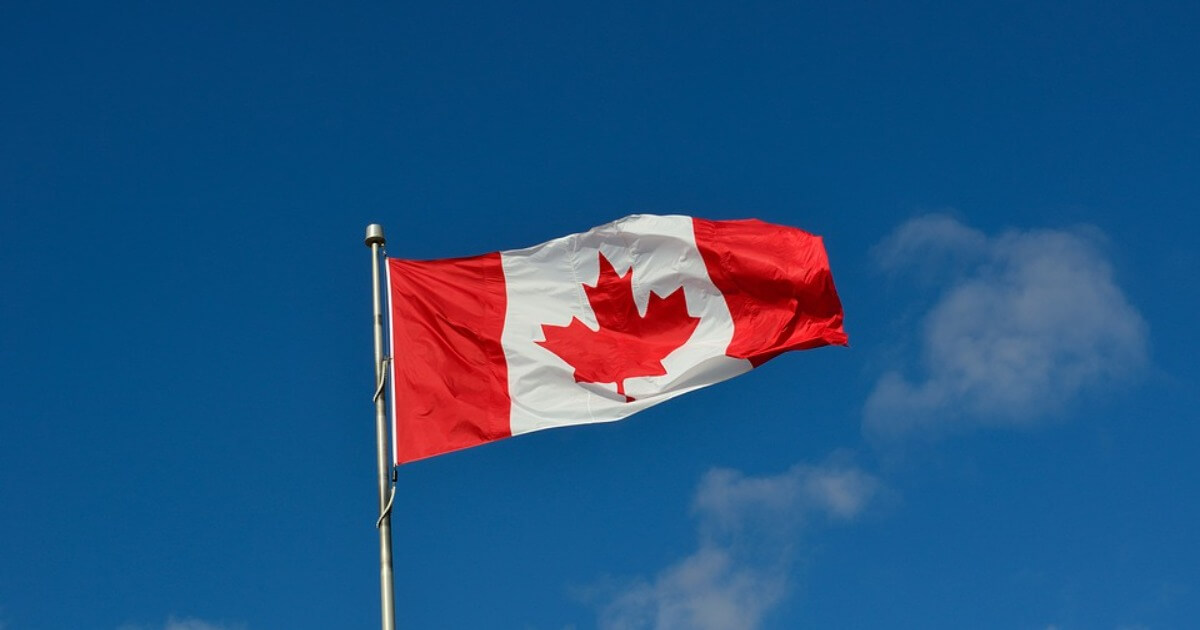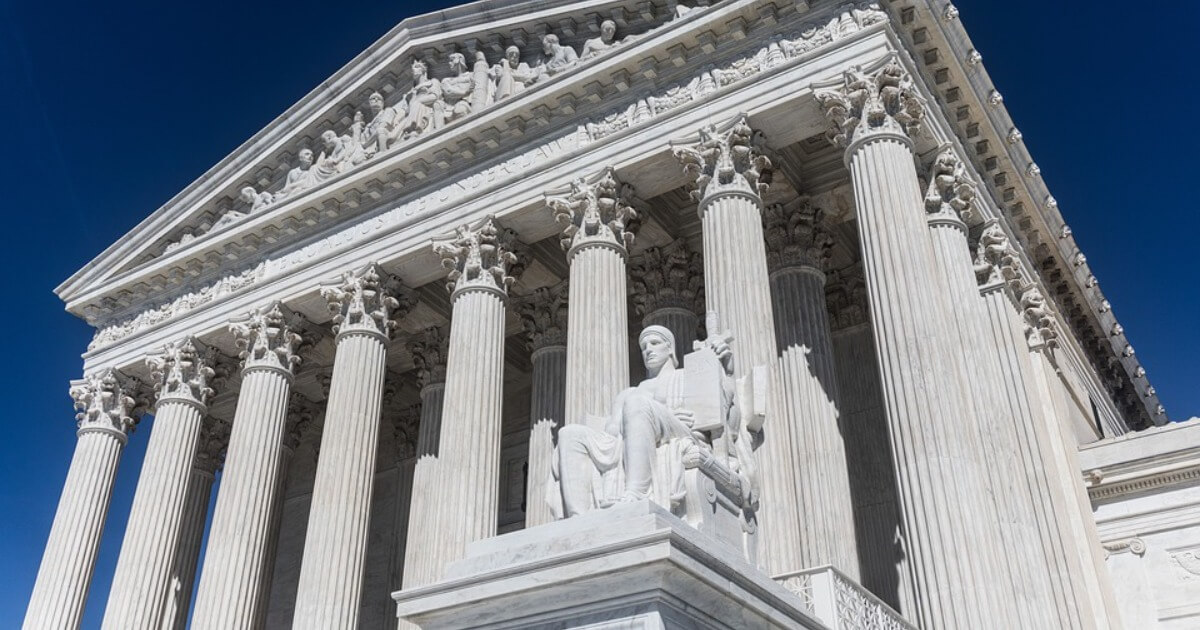Extinction Of the Middle Powers? Lessons From Canada
Canada, like other middle powers on the world stage, is struggling with the new global order that gives multilateralism less clout.
February 8, 2024

A Global Ideas Center, Strategic Intervention Paper (SIP) from the Global Ideas Center
You may quote from this text, provided you mention the name of the author and reference it as a new Global Ideas Center, Strategic Intervention Paper (SIP) published by the Global Ideas Center in Berlin on The Globalist.
Hopes for a meaningful and independent Canadian engagement in world affairs were high after the country’s Prime Minister, Justin Trudeau, declared in October 2015 that Canada is “back.”
Canada, all alone?
In a world characterized by fraying multilateral institutions and the rising importance of raw power, Canada these days feels pretty much alone. Not least because it has an increasingly unpredictable United States to it south.
With the United States as Canada’s sole neighbor – and hence an existential partner – the ever more turbulent times that are ahead in U.S. politics are a cause of grave concern.
Sparring partner no more
Canadians used to be able to think of themselves as sparring partners. Bobbing and weaving, Canada has been extraordinarily successful in the past in managing the U.S. political system.
This applies both to its efforts to avoid provoking the United States, and also in shaping rules-based economic and security cooperation.
The hard new reality is that the U.S. political system is rapidly mutating into a far less benevolent partner. This applies not just to Canada, but due to its proximity, the country will feel the effects more than other nations.
The rise and fall of middle powers
Canada solidified its role as a “middle power” as a result of the relative stability provided by the post-World War 2 system. This allowed a number of smaller, wealthy and stable democracies to exercise a measure of independent action in world affairs.
These “middle powers” were at the heart of multilateralism. As a shared objective, they sought to curtail the capacity of the two superpowers – the United States and the Soviet Union – for unilateral action. In addition, their goal was to advance the rule of law and respect for individual human rights.
During the Cold War era, the middle powers were able to “punch above their weight” for a rather simple reason – they had so little competition in pursuit of these objectives.
While the United States and the Soviet Union maintained a stable relationship at the top of the global hierarchy, they managed their own conflict bilaterally. But on an opportunistic basis, they were happy to use multilateral institutions or surrogates.
Passive middle powers – and post-imperial ones
Some “middle powers” maintained a wary isolation from institutions they considered as tools of the great powers. Brazil and Mexico are cases in point.
Others, still coping with a post-imperial past and adjusting grudgingly to a shrinking say in world affairs (consider the case of France and Britain) were more intent on buttressing their own systems than trying to build multilateral institutions.
The Commonwealth and the Francophonie served less to spread “middle power” values than to provide props for the former imperial powers in the multilateral system.
Defeated powers as middle powers: Germany and Japan
The defeated Second World War powers had different problems. Germany was coping with its division and Japan was, for a long time, wholly in the thrall of U.S. protection. These post Second World War realities kept both countries from self-assertion or active multilateralism.
Communist China – until the rise of Deng Xiaoping a de-facto middle power – remained in determined isolation even after it took its seat on the UN Security Council.
Moreover, regional integration – consider the gradual emergence of the EU – had not yet advanced to the level that seriously constrained domestic and foreign policy choices (NATO was the great exception).
Multilateralism and middle power activism
Multilateralism was also pragmatically useful to middle powers. They used it quite effectively as a shield against being caught up in the more violent dimensions of superpower or regional conflict.
For example, in the case of the American war in Vietnam, they always insisted on UN mandates for any interventions.
Stabilizing post-imperial zones of conflict
Conversely, it also offered them capacity for self-assertion as “third parties.” This became relevant in stabilizing post-imperial zones of conflict where the former colonial powers or the United States were reluctant to intervene.
Suez peacekeeping provides a relevant example. The Canadian initiative served both to build a multilateral approach to conflict management, but also helped the United States to extract its key allies – the UK, France and Israel – from the mess of their own making (crucially, without the need for direct intervention).
The heyday of middle power activism
While the Cold War era allowed for a certain amount of influence for “middle powers,” their high point of influence was the decade between 1990 and 2000 – i.e., between the end of the Cold War and the beginning of the War on Terror.
The middle powers had more room to advance initiatives for value-based institution building, such as the International Criminal Court, extending the laws of war (such as the Landmines Treaty) and directing support to newly freed Soviet Bloc countries to help them build liberal democratic systems of governance.
The room has also shrunk for the big powers
But all these facilitators of middle power capacity are now in the distant past. The Cold War instruments for management of superpower conflict are now defunct. Russia pursues its imperial “destiny” and China, for its part, seeks to assert its place in the world as a superpower.
But that does not mean a return to the world of the big powers. Their dominance has also shrunk. After all, local conflicts are no longer largely surrogates for superpower rivalry, under their ultimate control.
Increasingly, conflicts that impact global politics are now based on religious and ethnic animosities where the parties are often surrogates for regional powers – for example, in Yemen.
As it turns out, these regional conflicts are largely beyond the capacity of multilateral institutions (or the United States) to contain. And middle powers are of no real help. They are now, at best, largely reduced to mitigating the resulting suffering – rather than defusing conflict.
The China factor
China, to whom middle powers (like all others) are now economically beholden, is now a Great Power, intent on reshaping the international system to better reflect its interests.
Regional integration in Europe and North America has intensified to the point that individual states have ever less room for independent self-assertion.
In addition, the values that middle powers were dedicated to serving – human rights, free trade, democratic governance, the rule of law and environmental protection – are no longer unquestioned in their own domestic politics.
That is predominantly the consequence of immediate social and economic challenges which these countries’ populations face.
Conclusion
Canada’s situation is useful for understanding the situation of other middle powers, but only to a degree. Each middle power now faces its own local and domestic challenges, but all face a common problem in the fracturing of power in the global system.
In the absence of a clear path forward, no middle power nation can actually come out and admit that they, as middle powers, are becoming irrelevant and increasingly vulnerable to forces shaping the world.
Takeaways
Canada, like other middle powers on the world stage, is struggling with the new global order that gives multilateralism less clout.
In a world characterized by fraying multilateral institutions and the rising importance of raw power, middle powers like Canada these days feel pretty much alone.
Middle powers were at the heart of multilateralism. As a shared objective, they sought to curtail the capacity of the two superpowers – the United States and the Soviet Union – for unilateral action.
The high point of the influence of the middle powers was the decade between 1990 and 2000 – i.e., between the end of the Cold War and the beginning of the War on Terror.
Increasingly, conflicts that impact global politics are now based on religious and ethnic animosities where the parties are often surrogates for regional powers – for example, in Yemen.
The values that middle powers were dedicated to serving – human rights, free trade, democratic governance, the rule of law and environmental protection – are no longer unquestioned in their own domestic politics.
Each middle power now faces its own local and domestic challenges, but all face a common problem in the fracturing of power in the global system.
In the absence of a clear path forward, no middle power nation can actually come out and admit that they, as middle powers, are becoming irrelevant and increasingly vulnerable to forces shaping the world.
Apart from Canada, other middle powers include nations such as Brazil and Mexico.
A Global Ideas Center, Strategic Intervention Paper (SIP) from the Global Ideas Center
You may quote from this text, provided you mention the name of the author and reference it as a new Global Ideas Center, Strategic Intervention Paper (SIP) published by the Global Ideas Center in Berlin on The Globalist.


